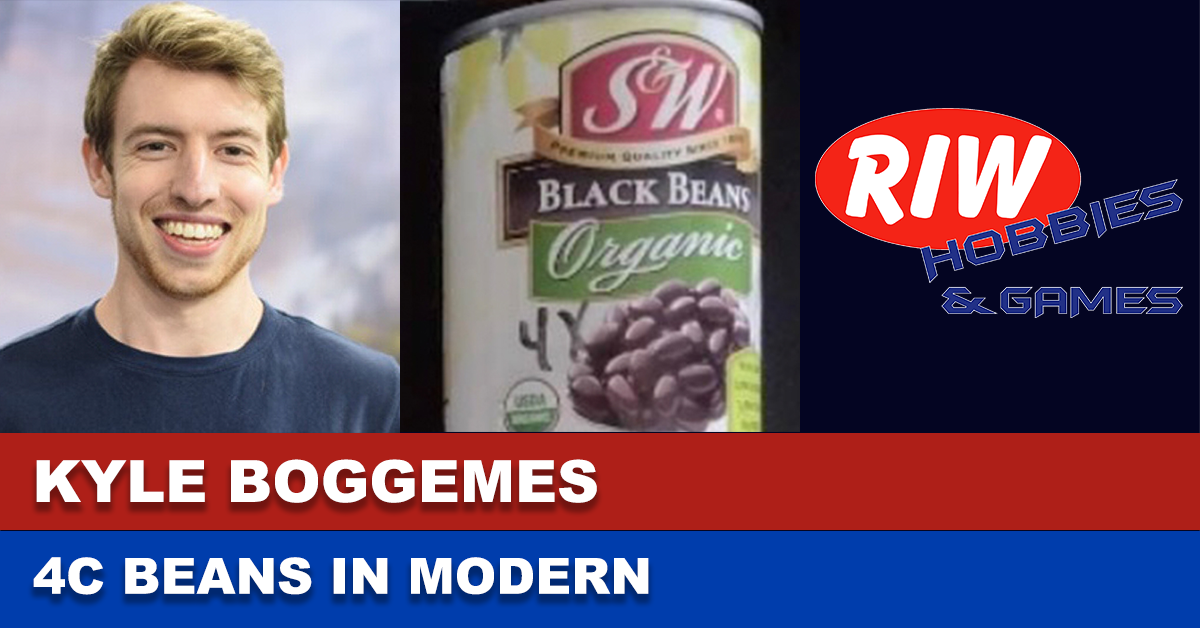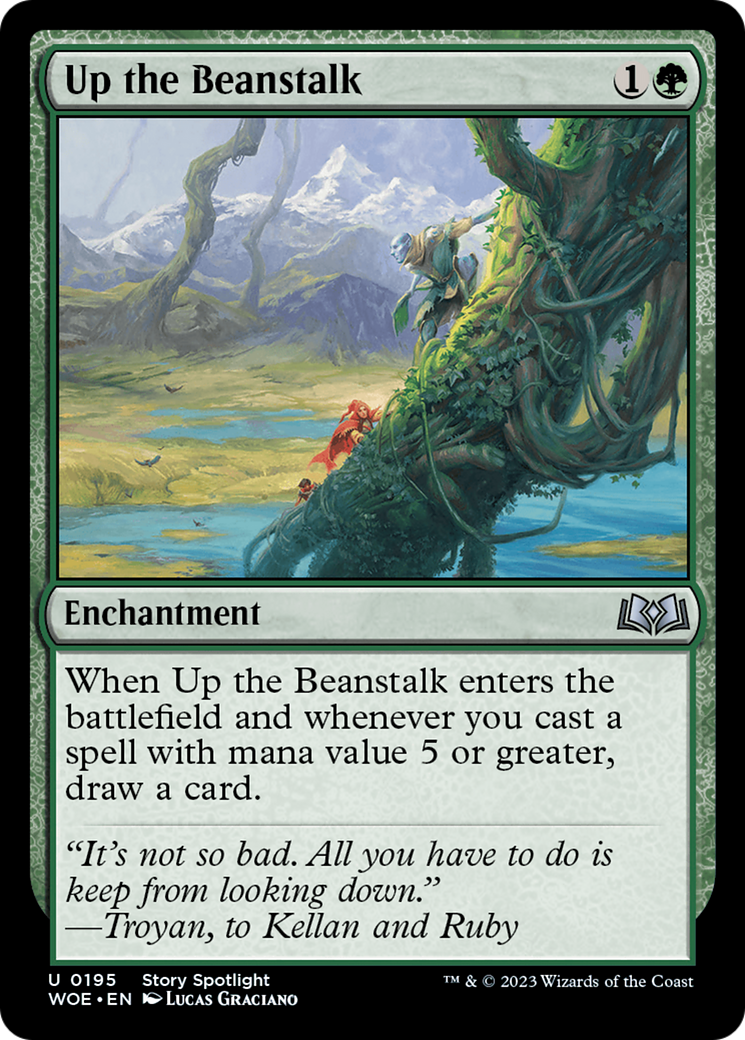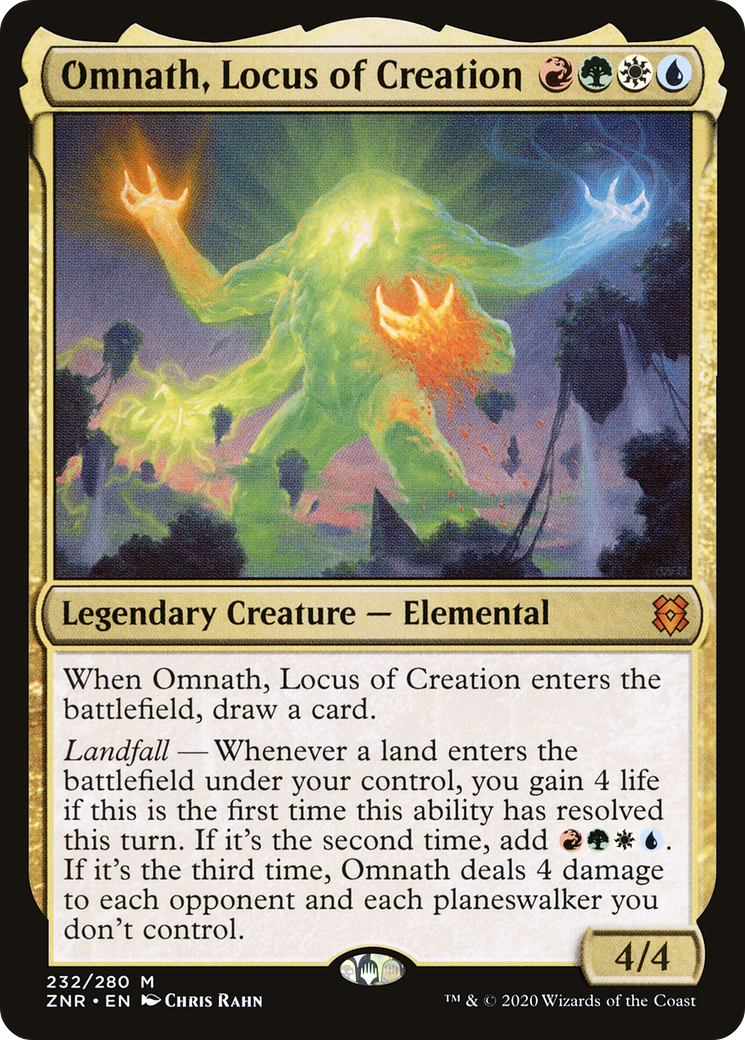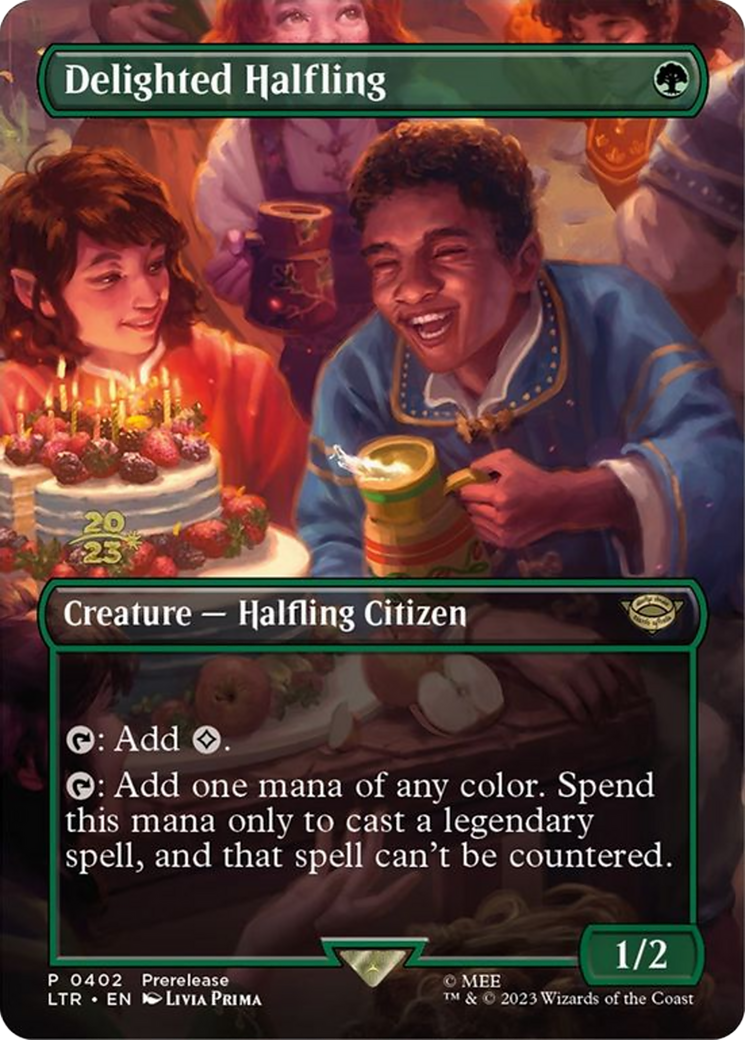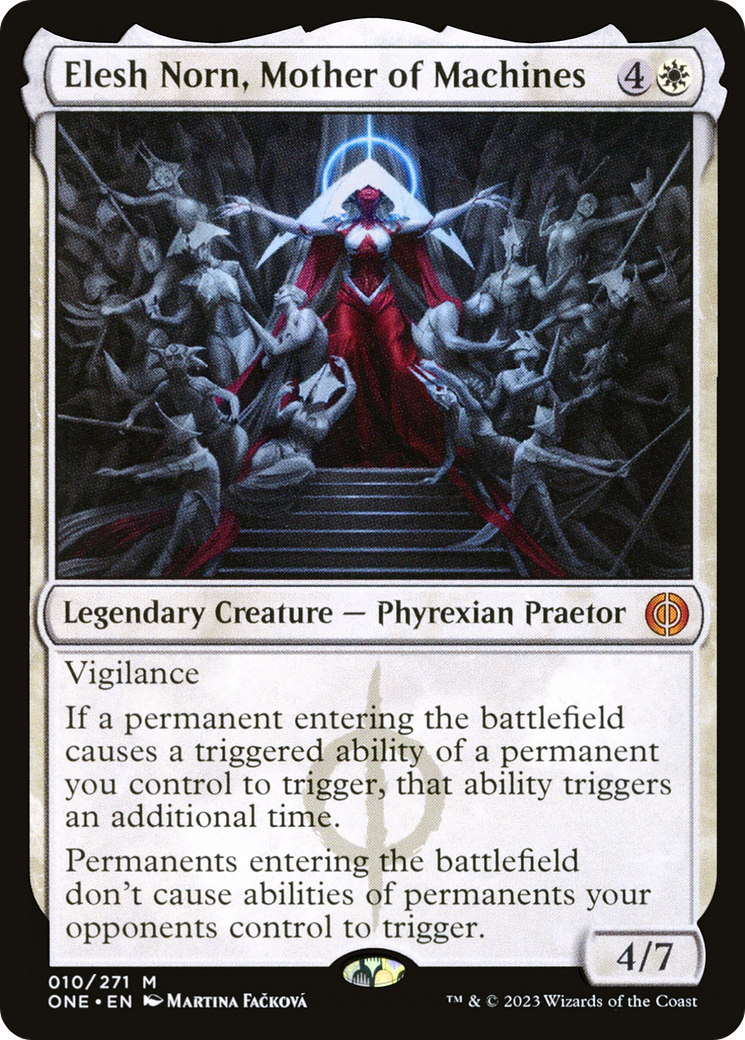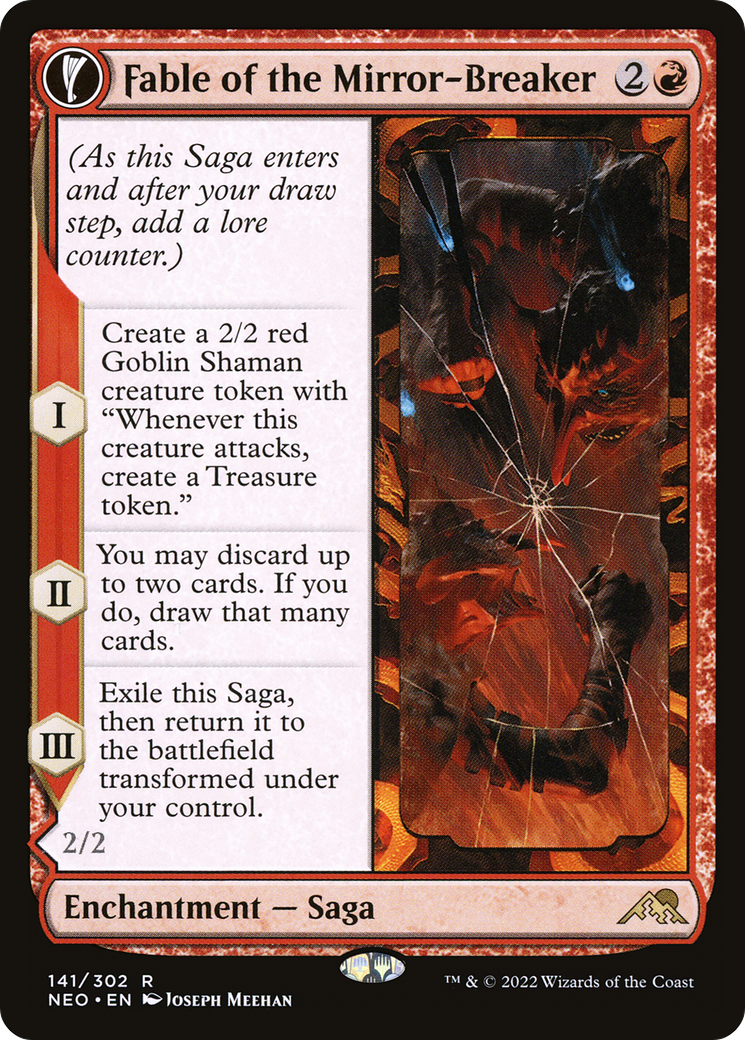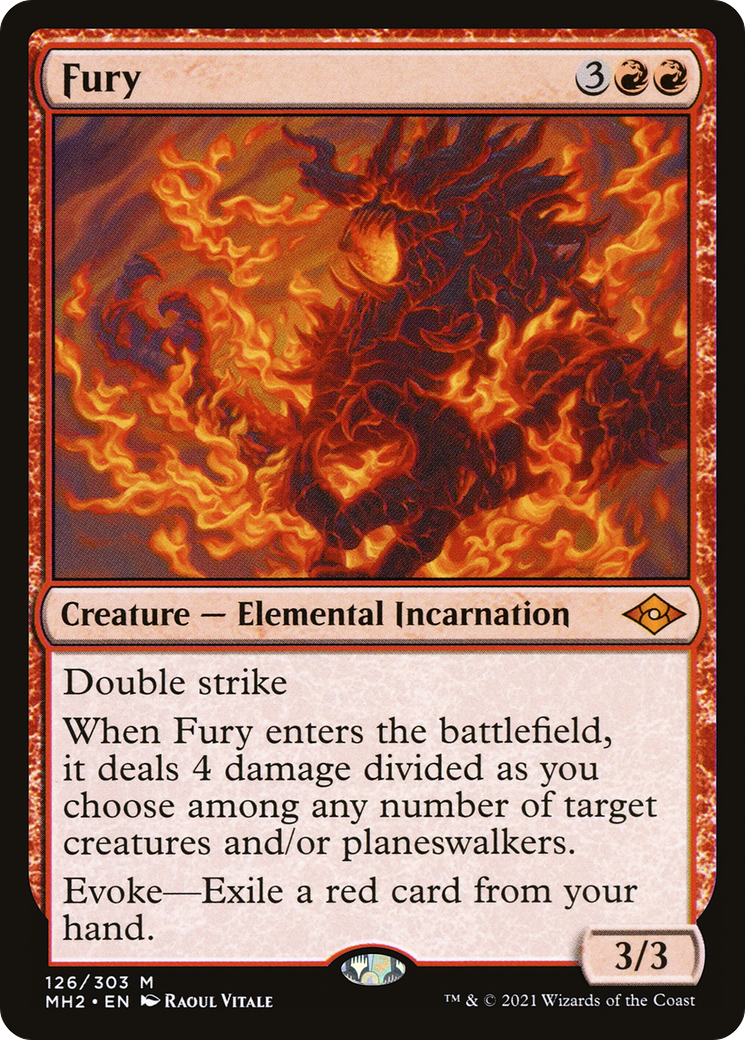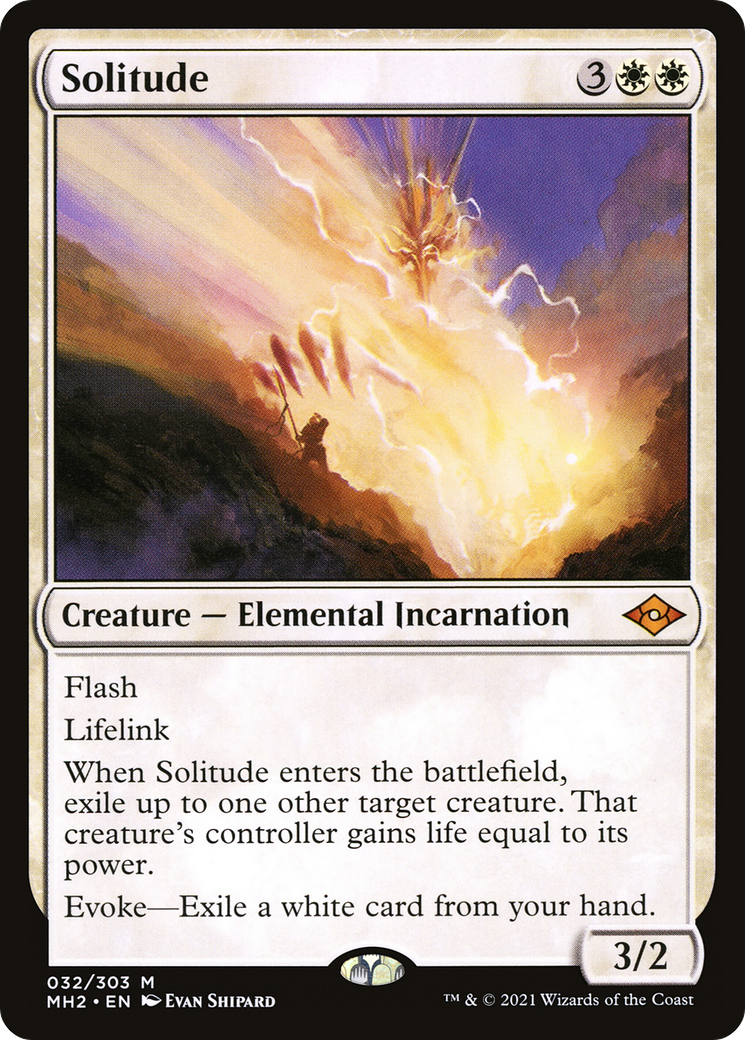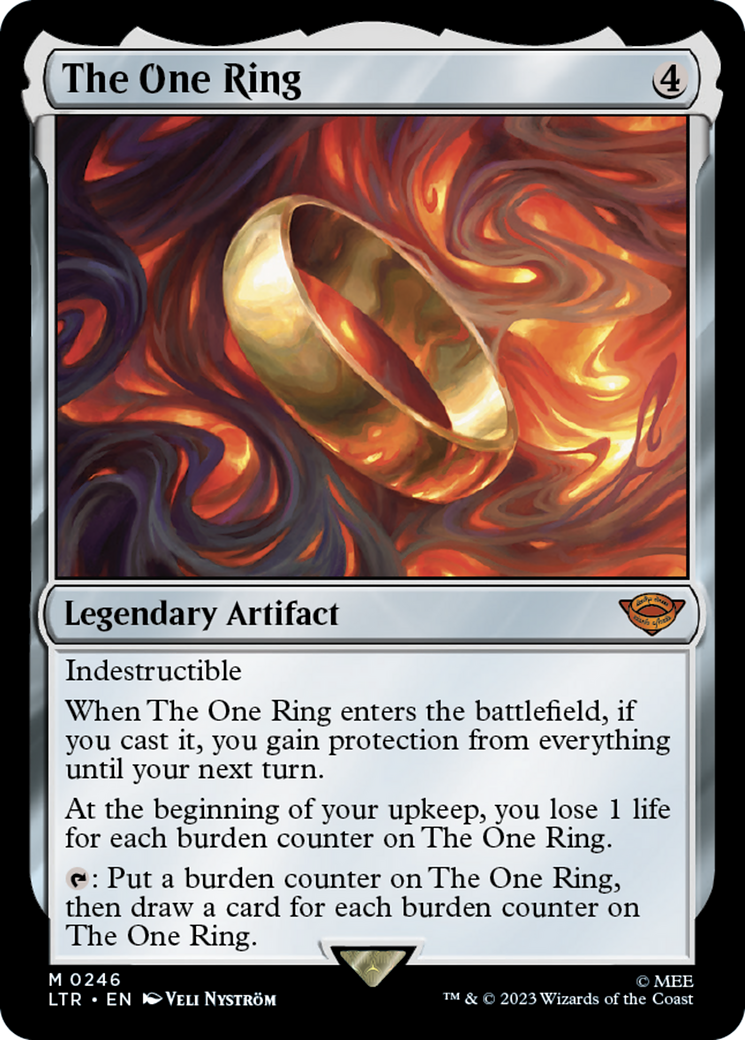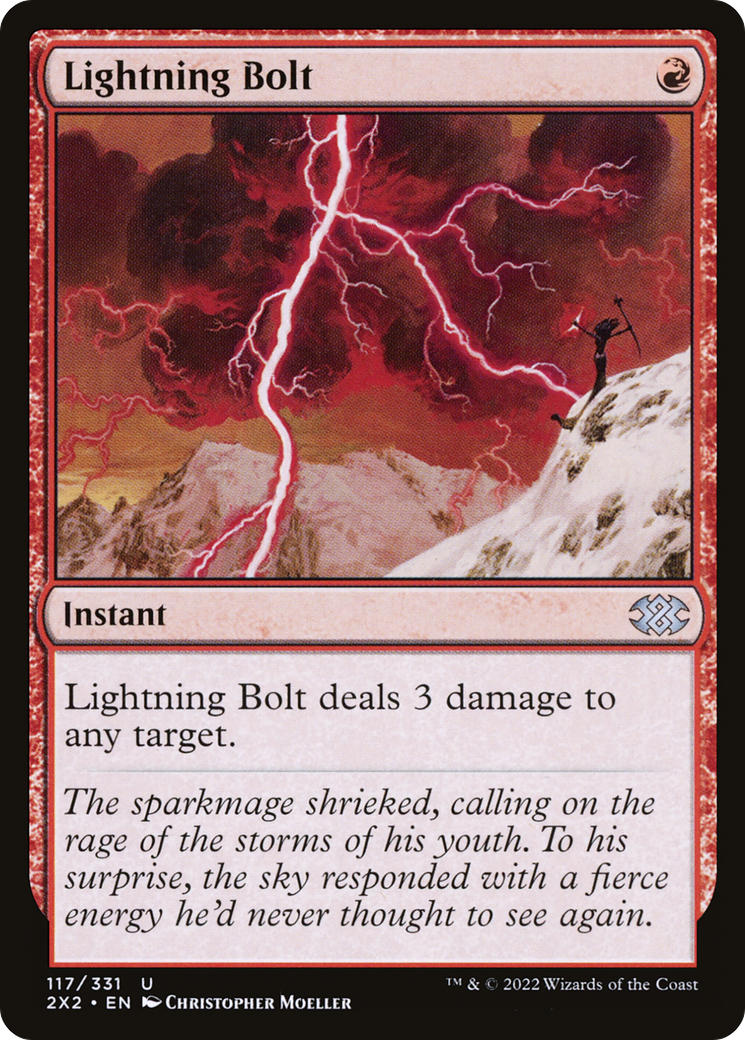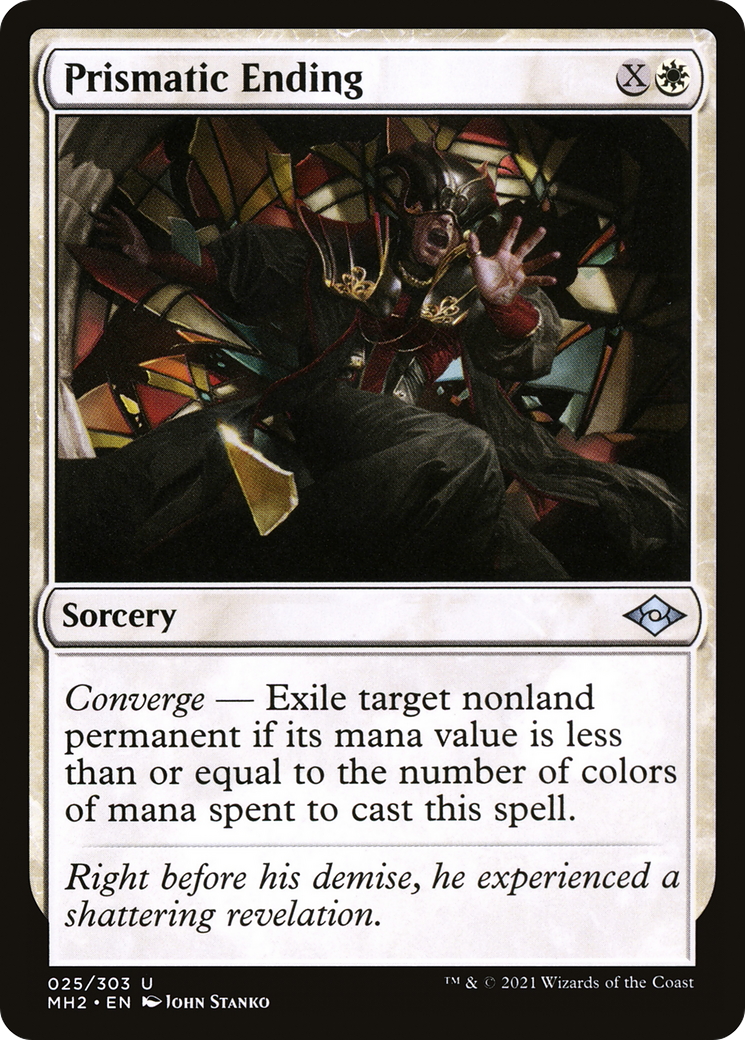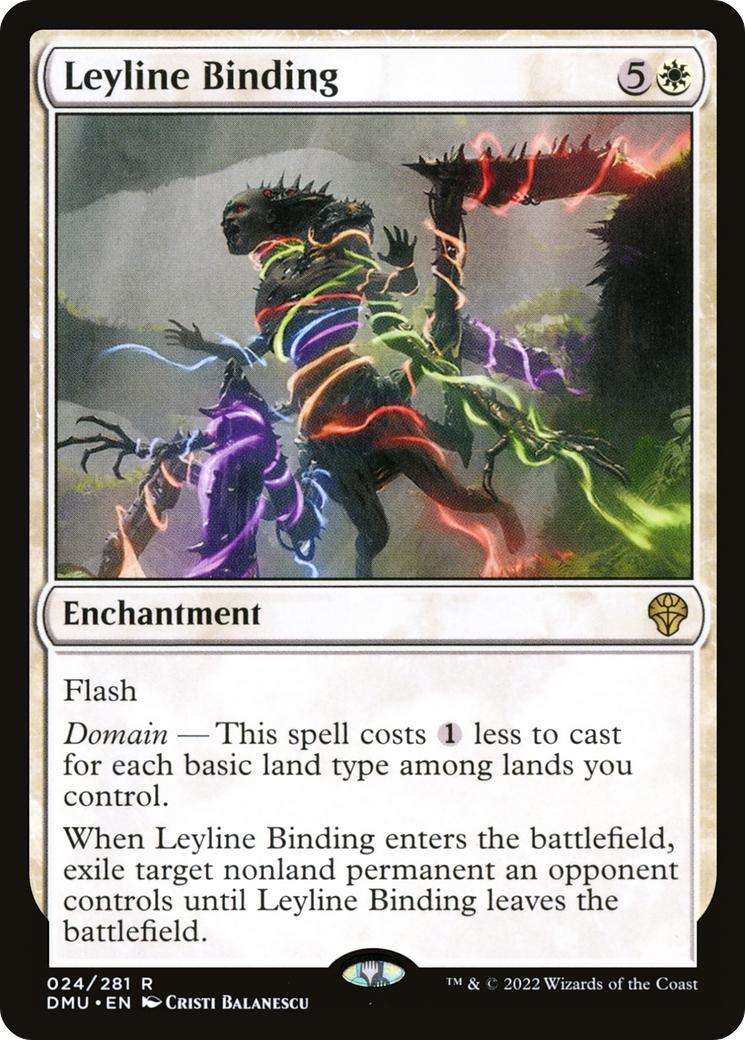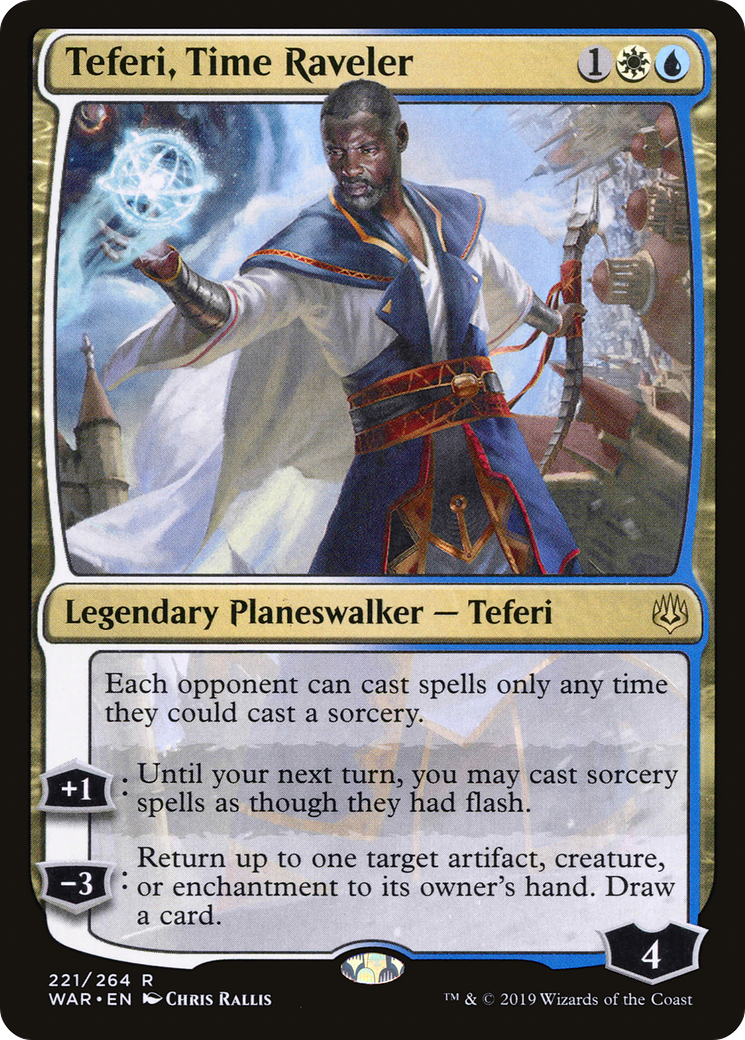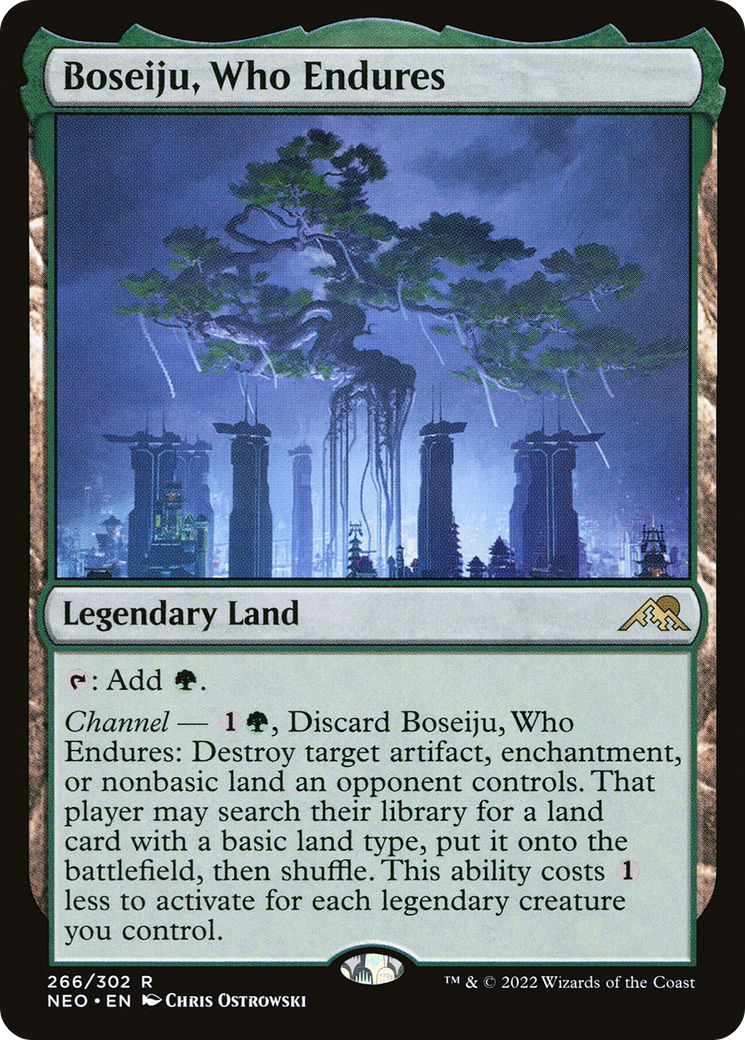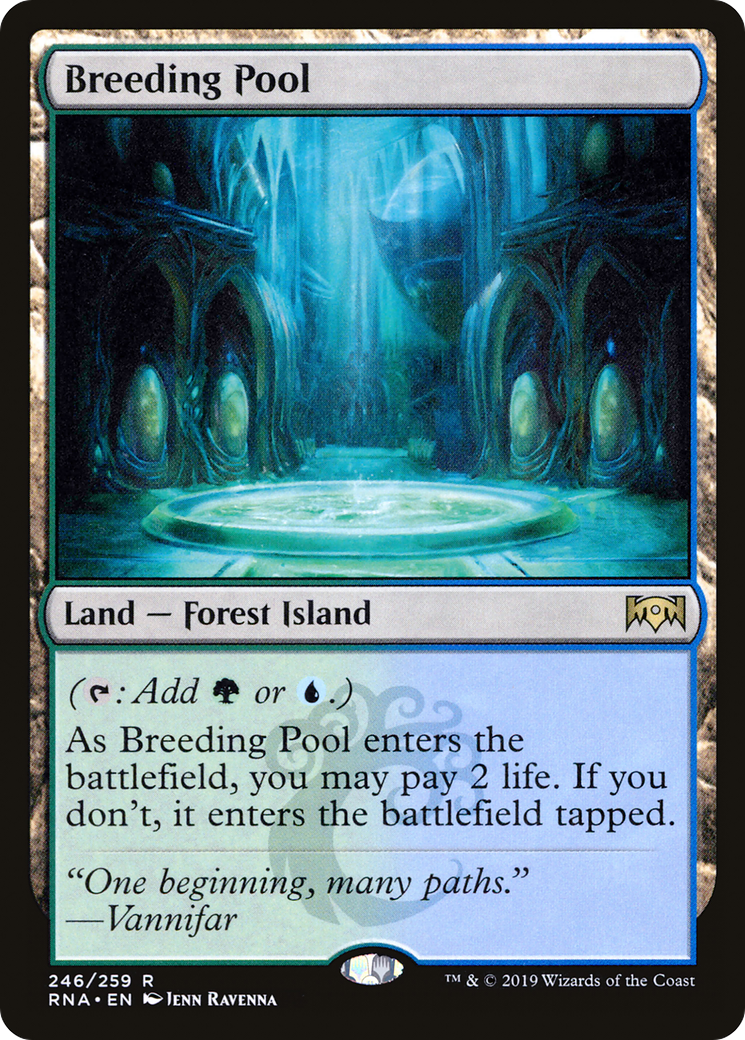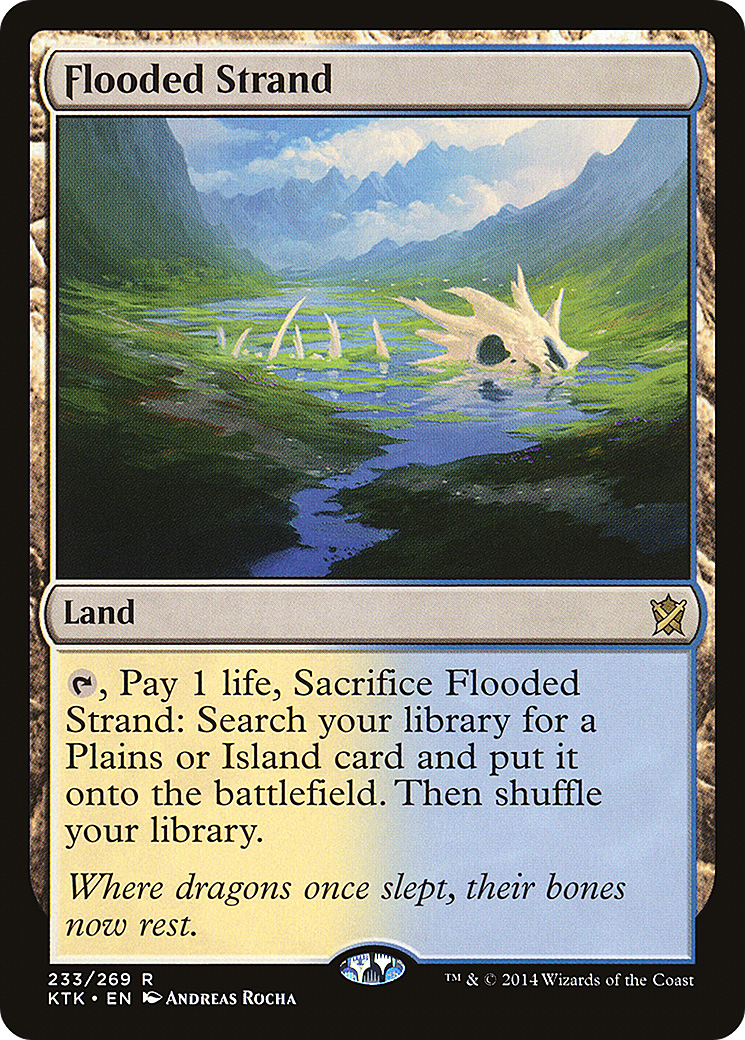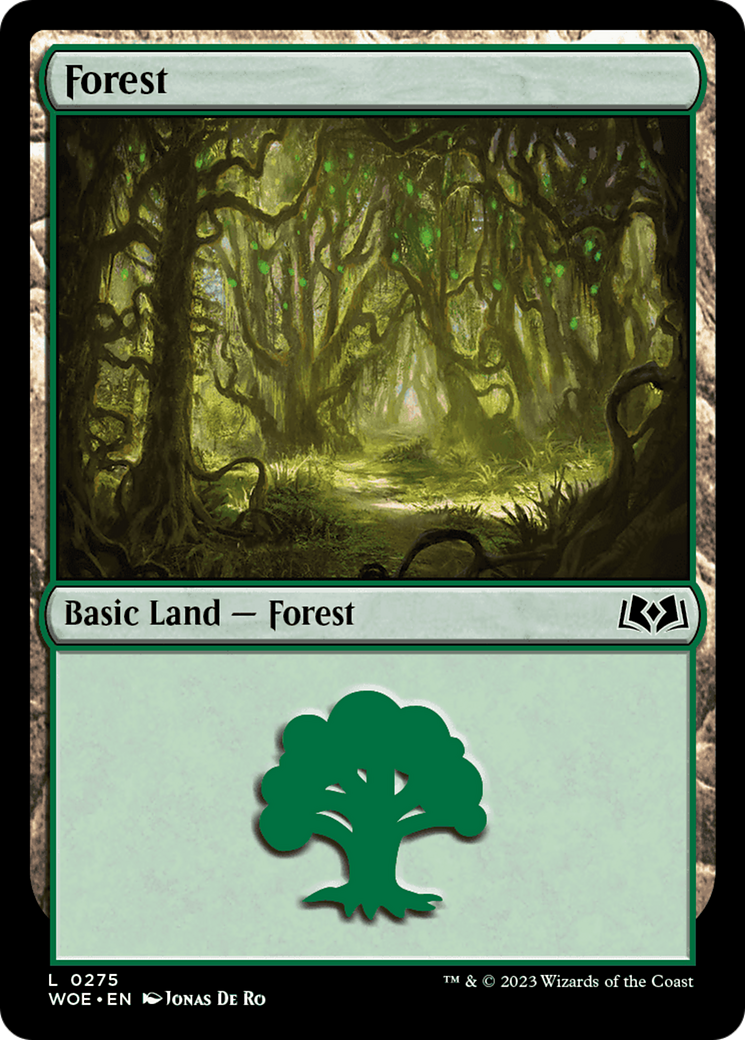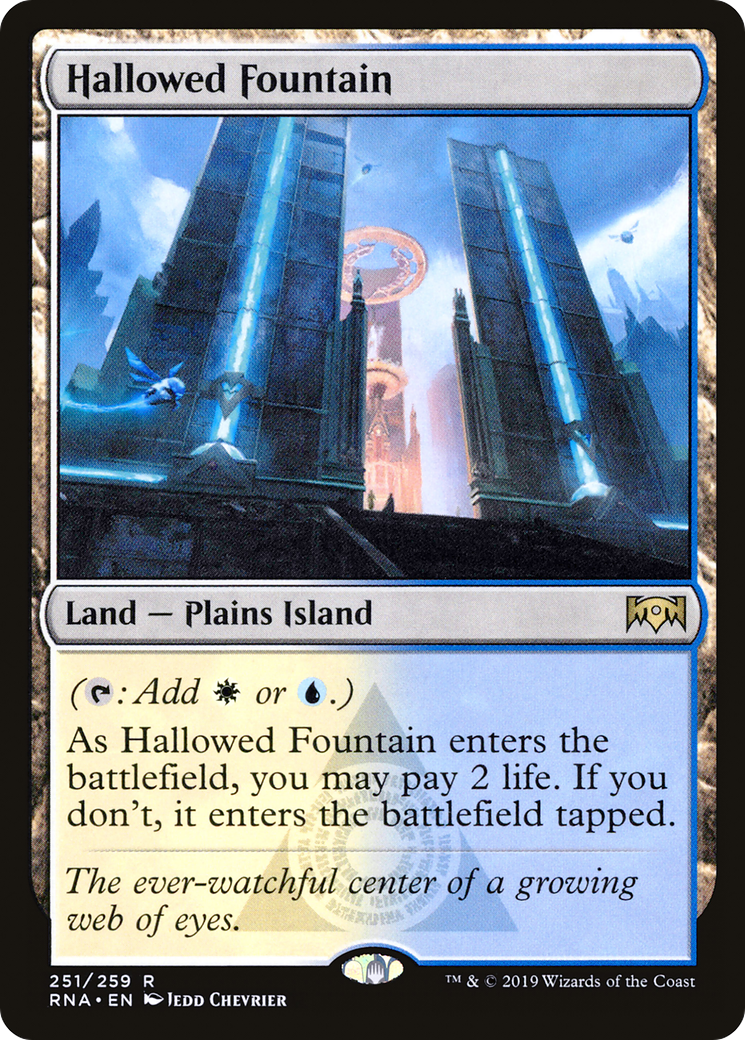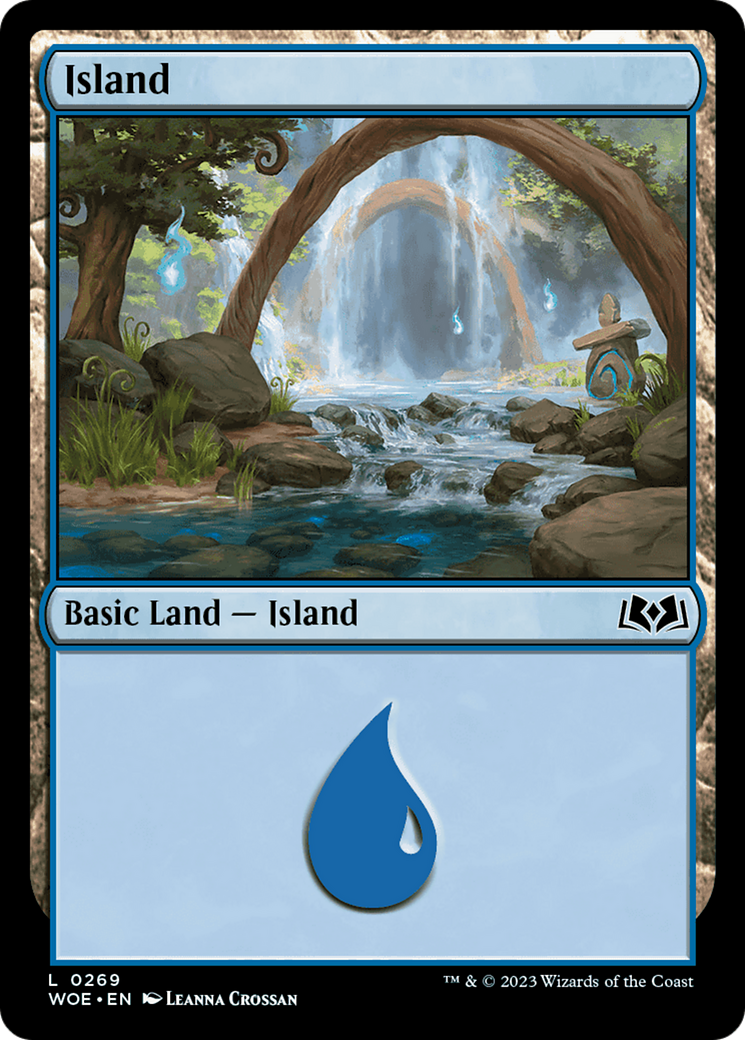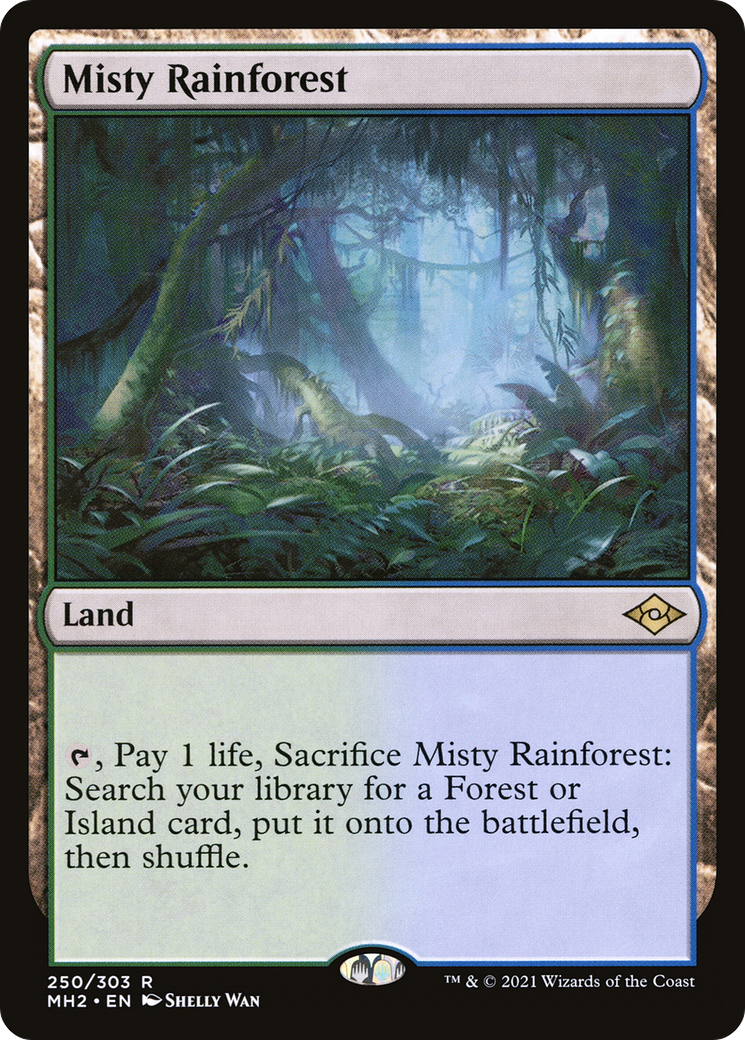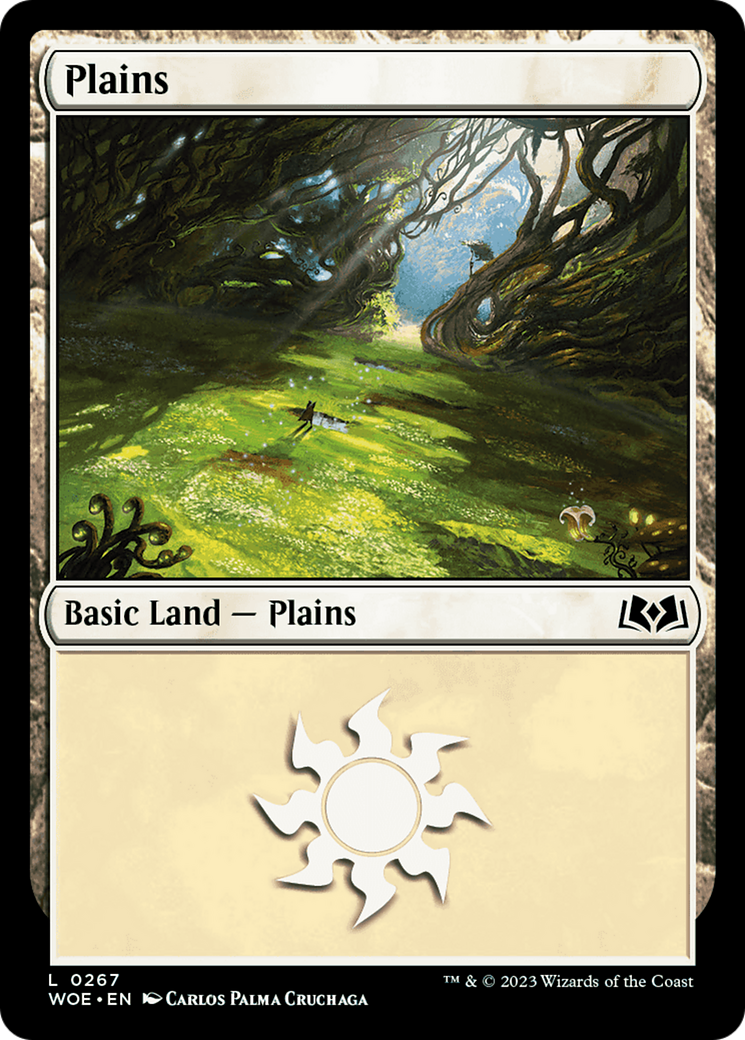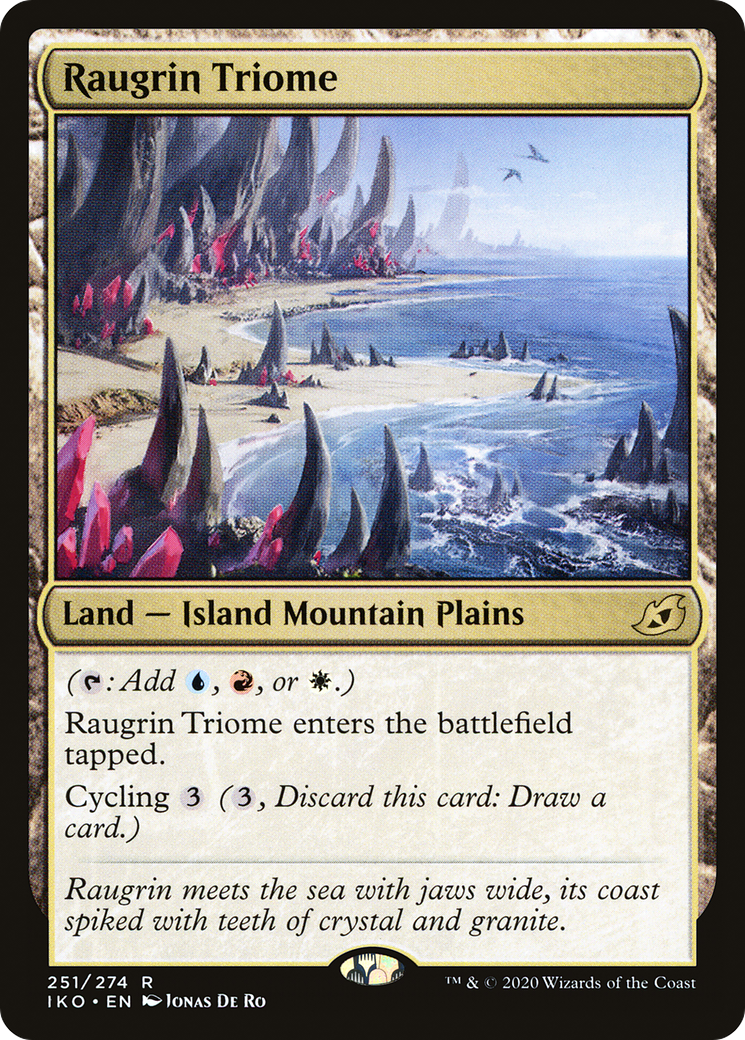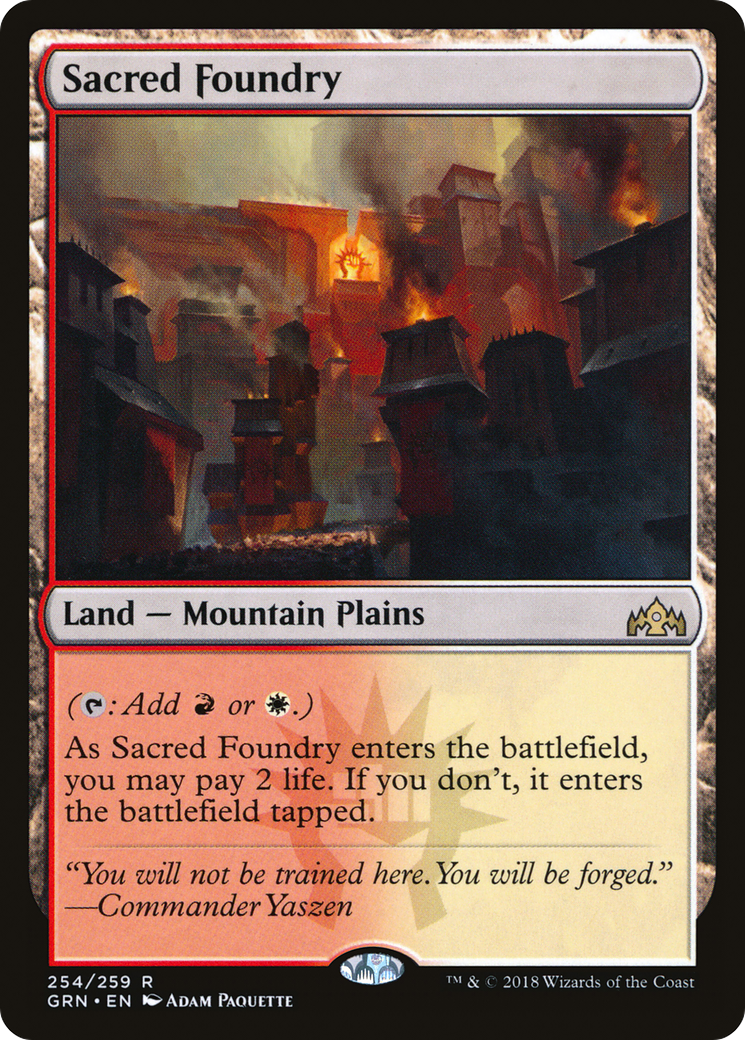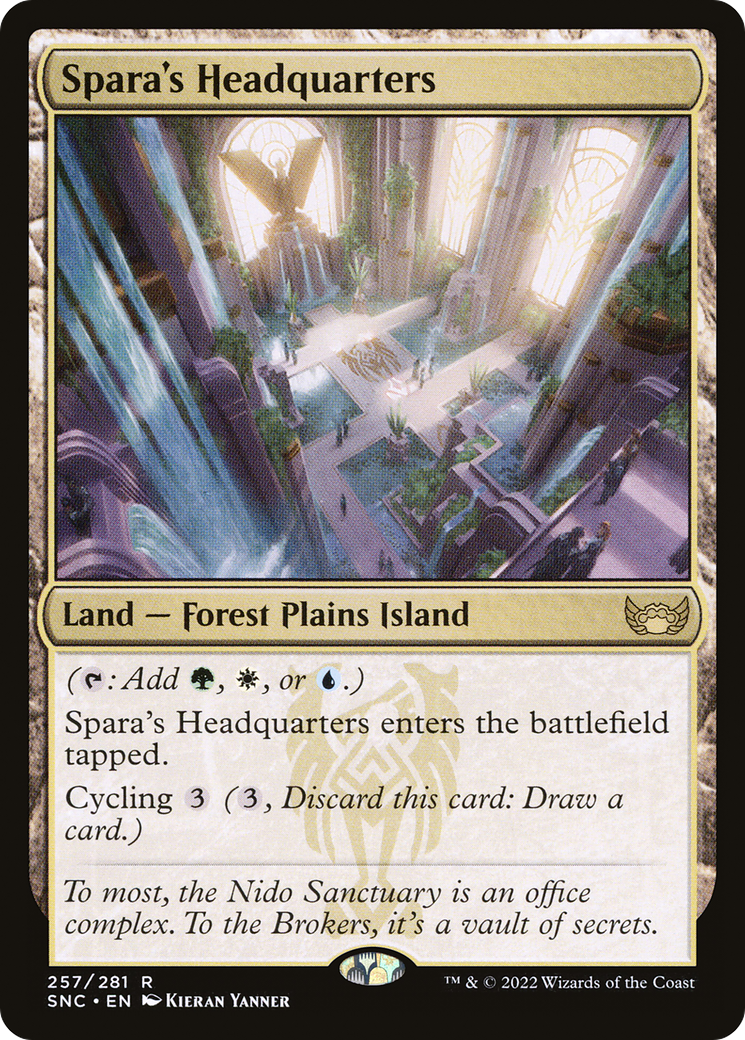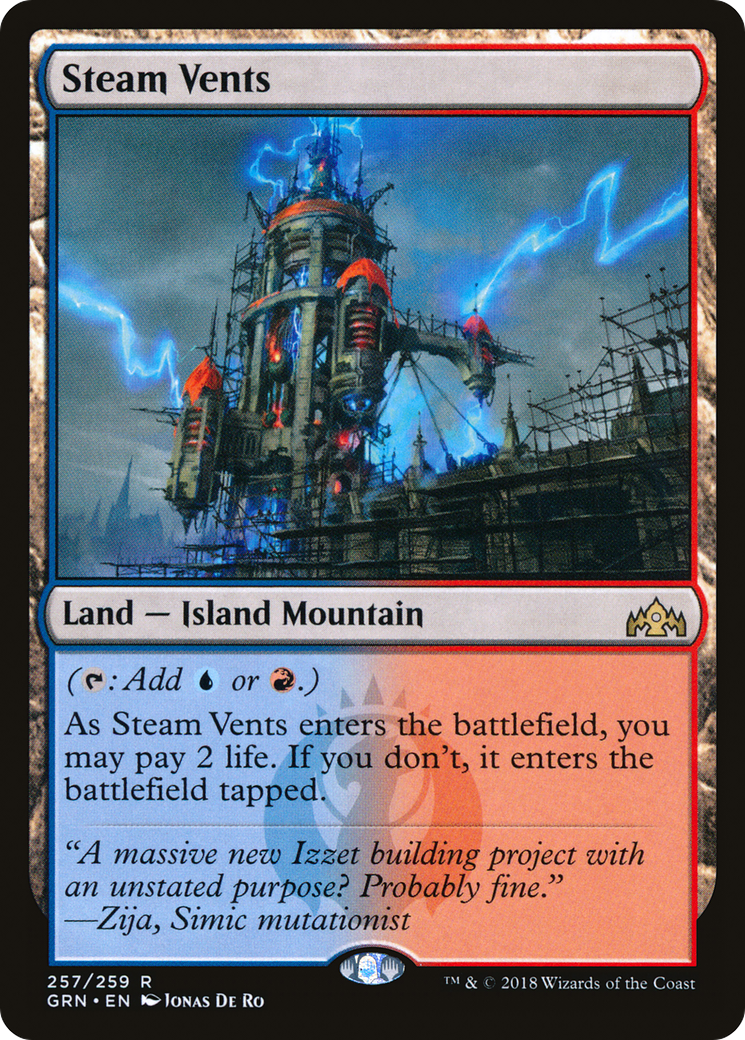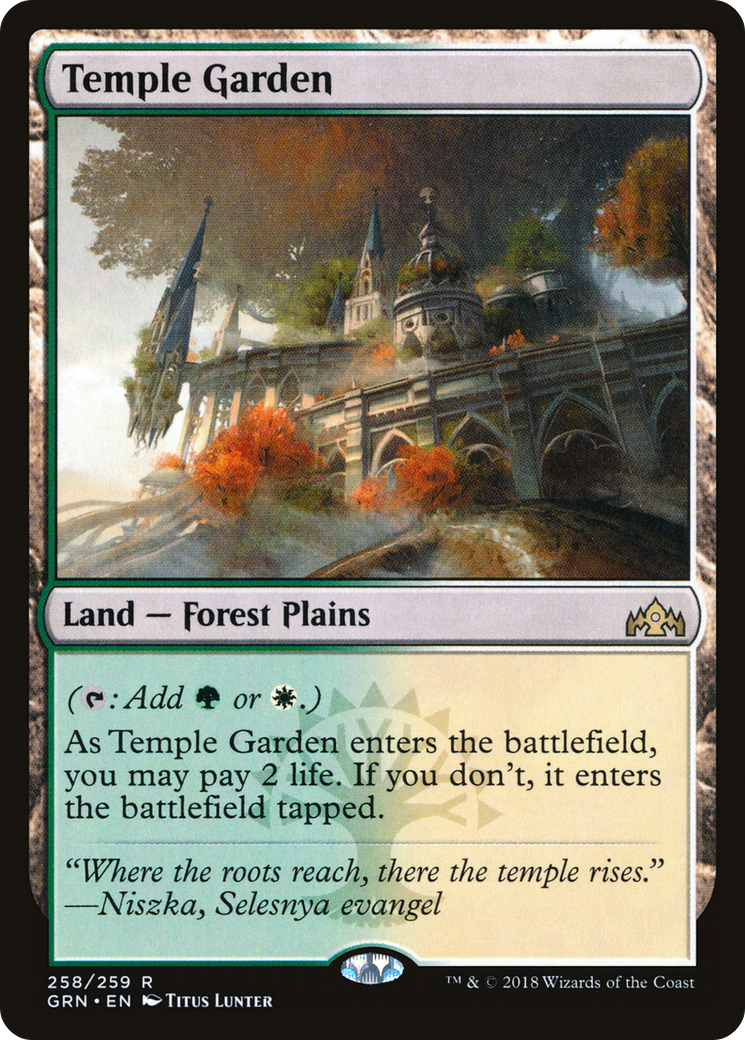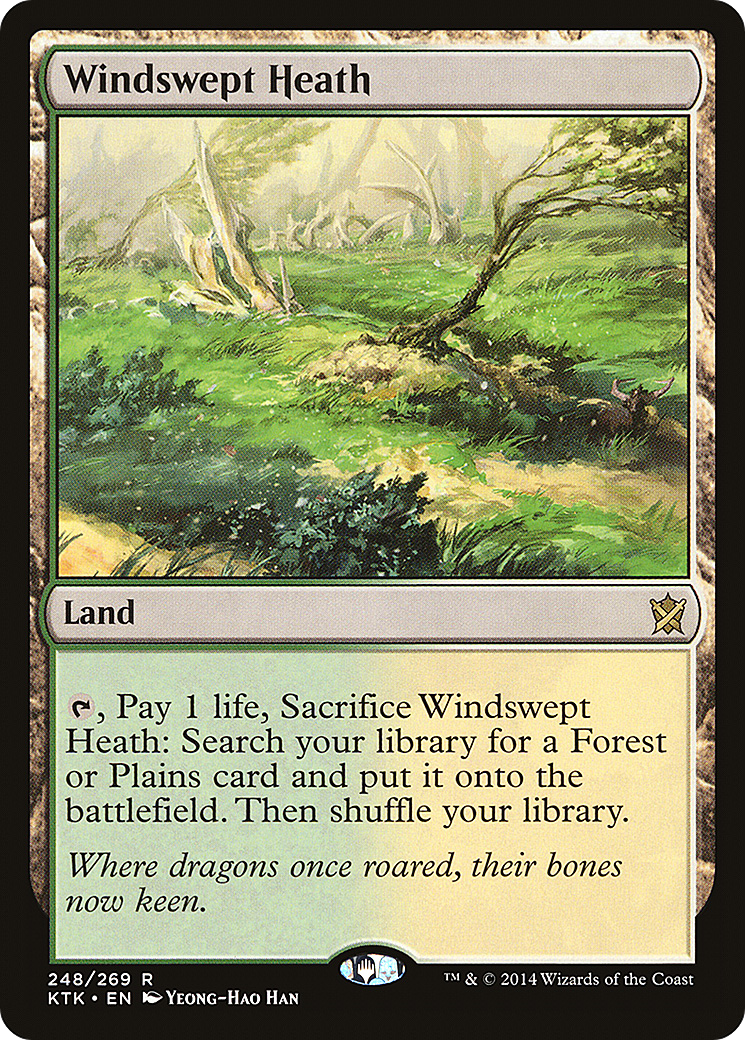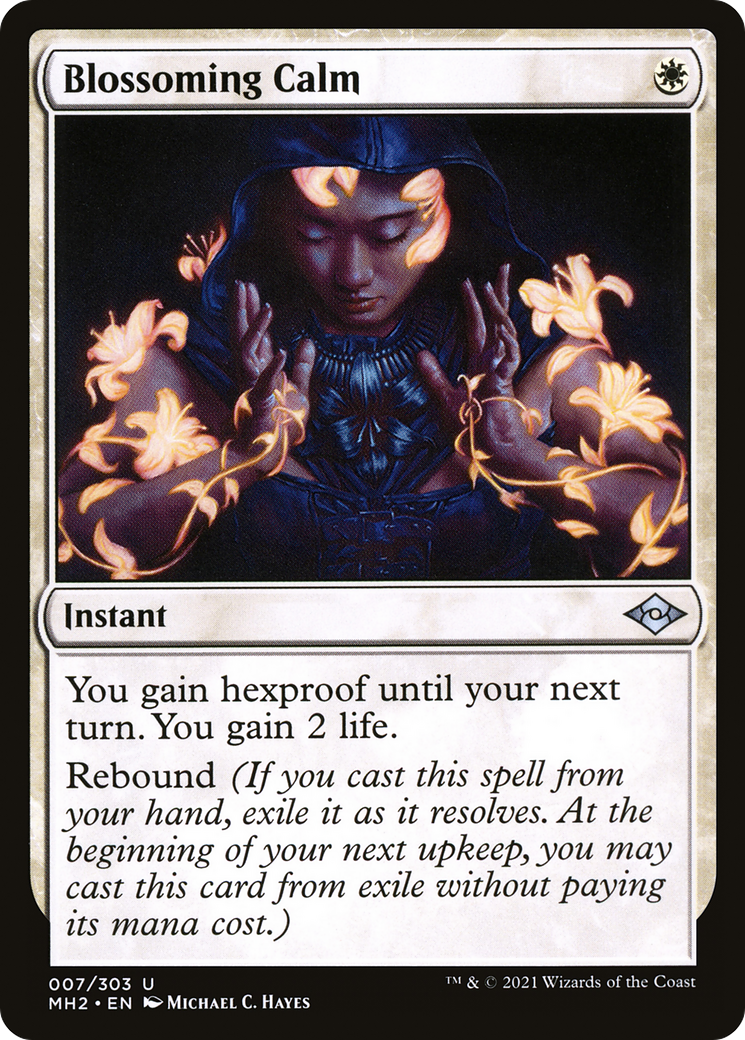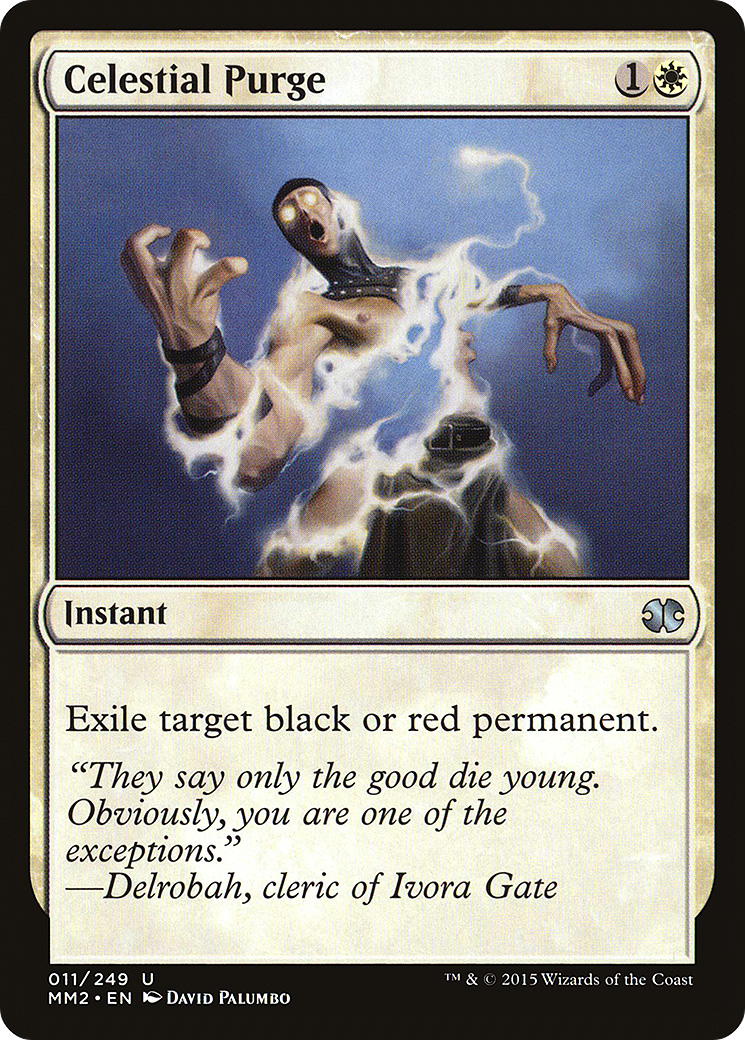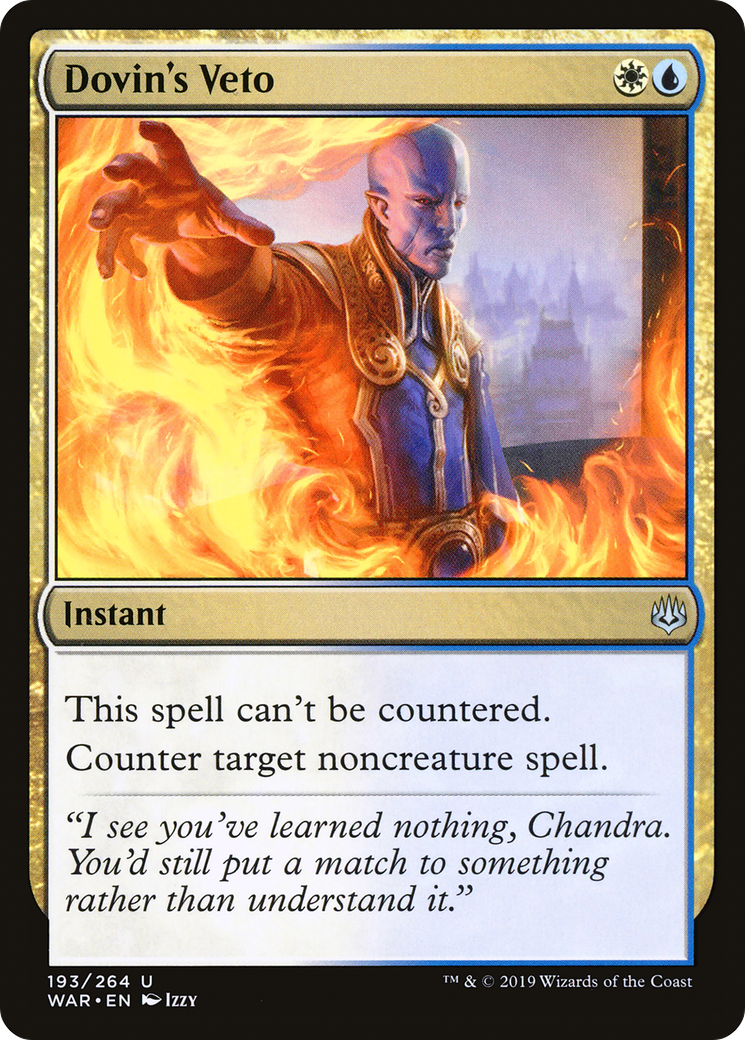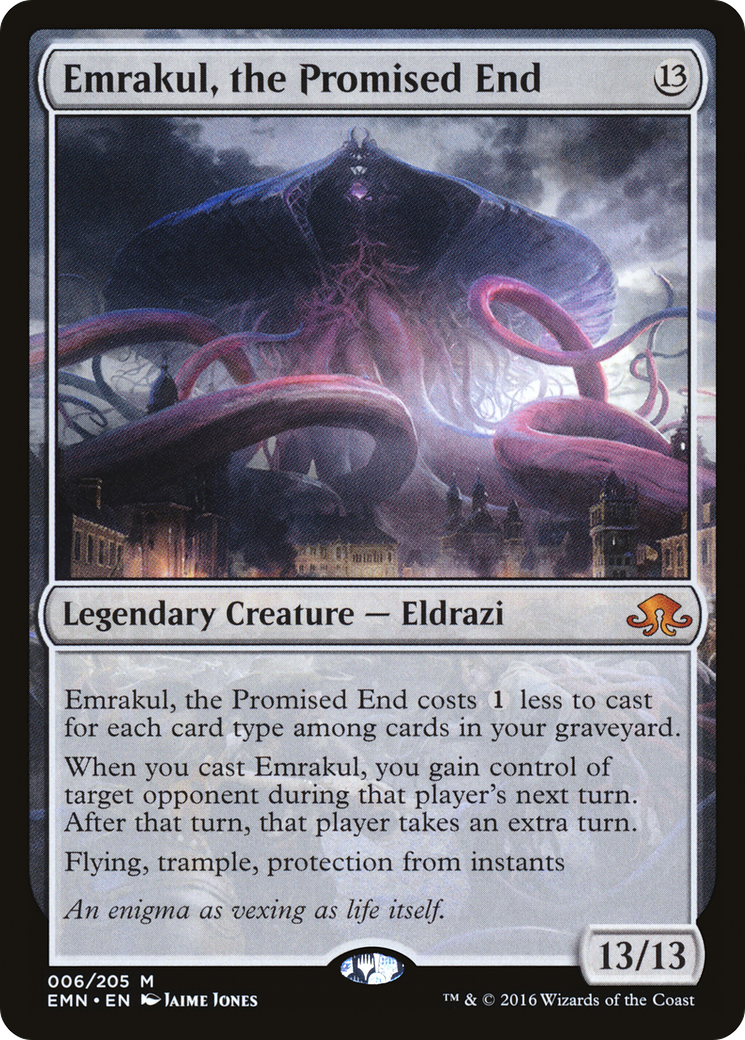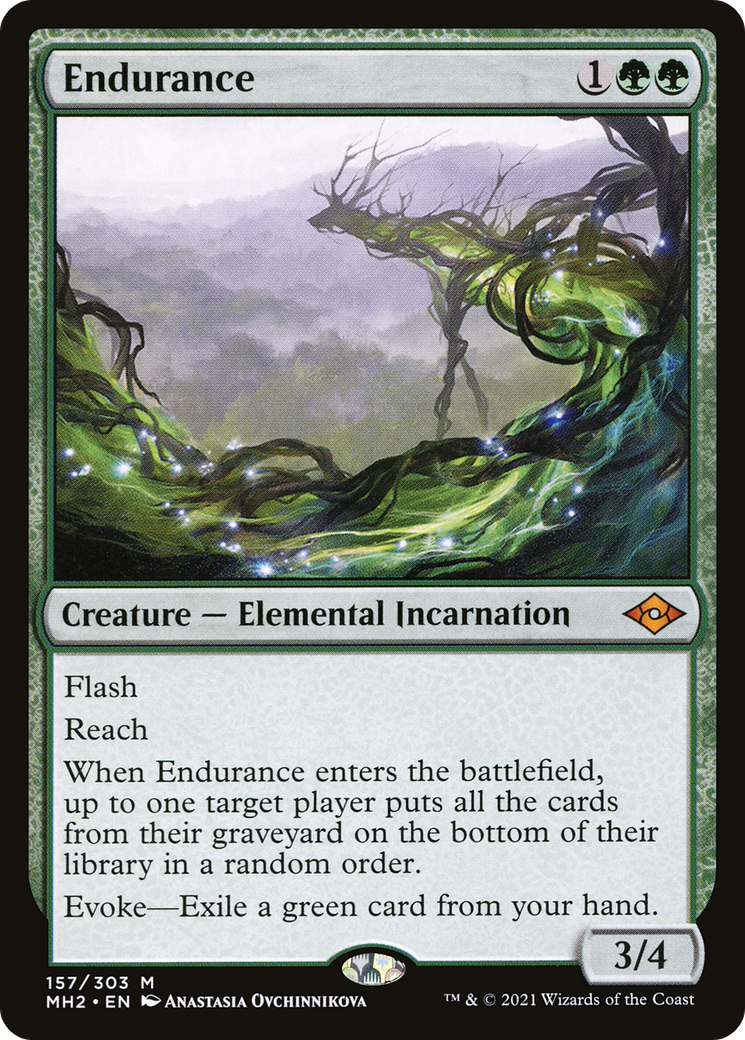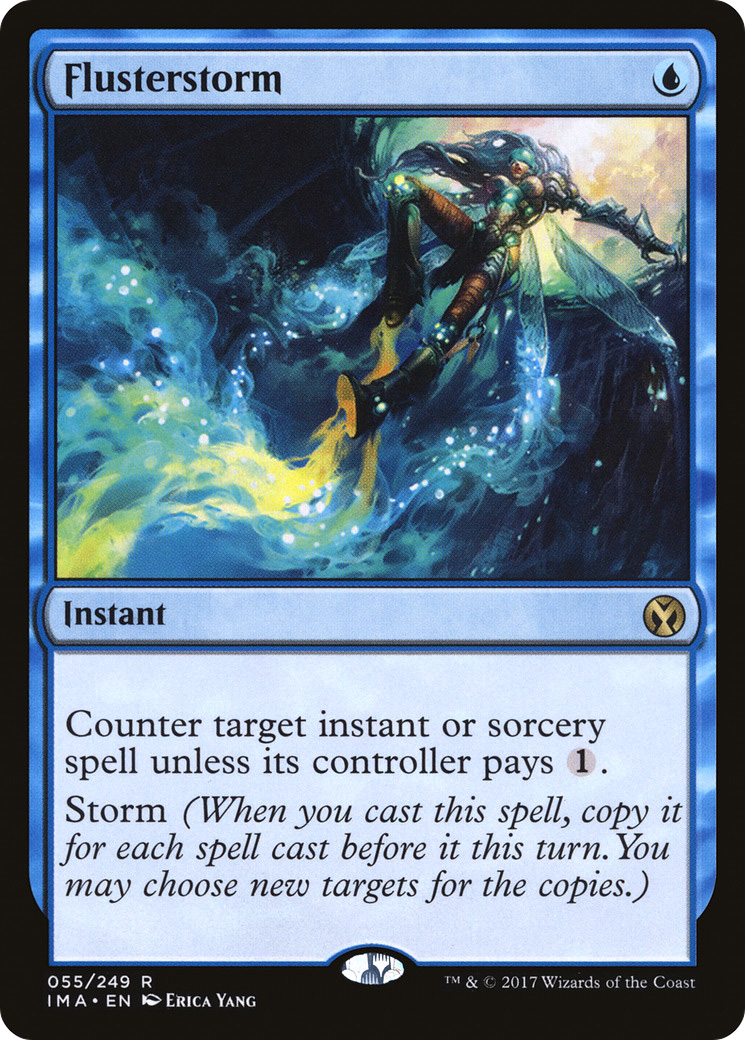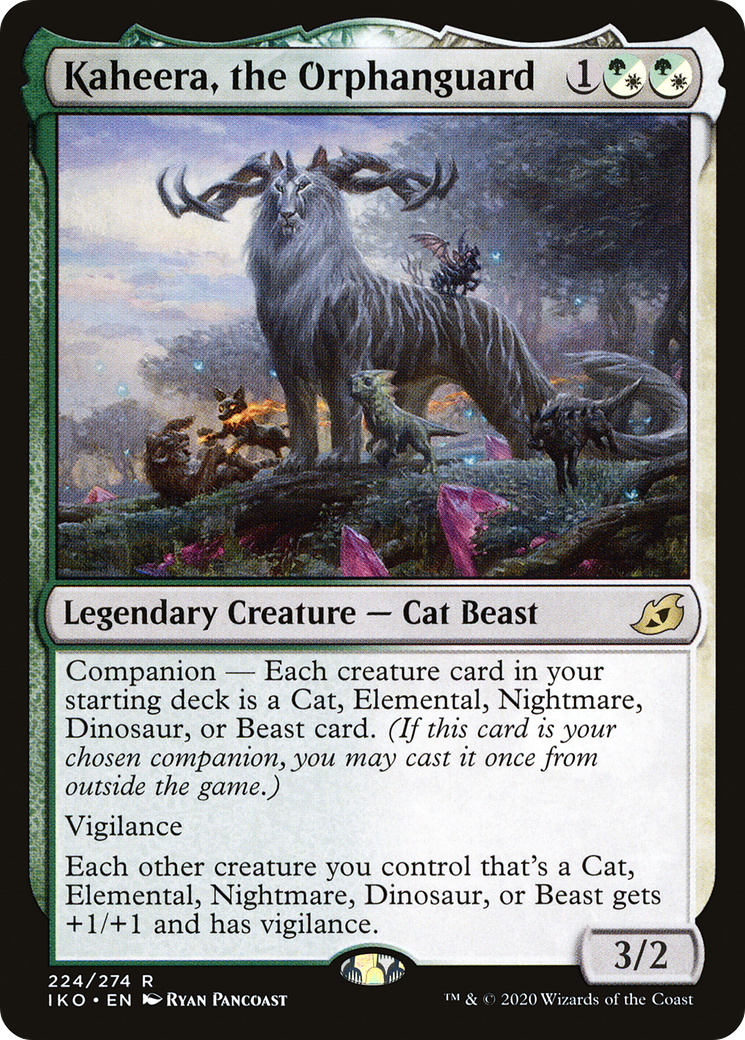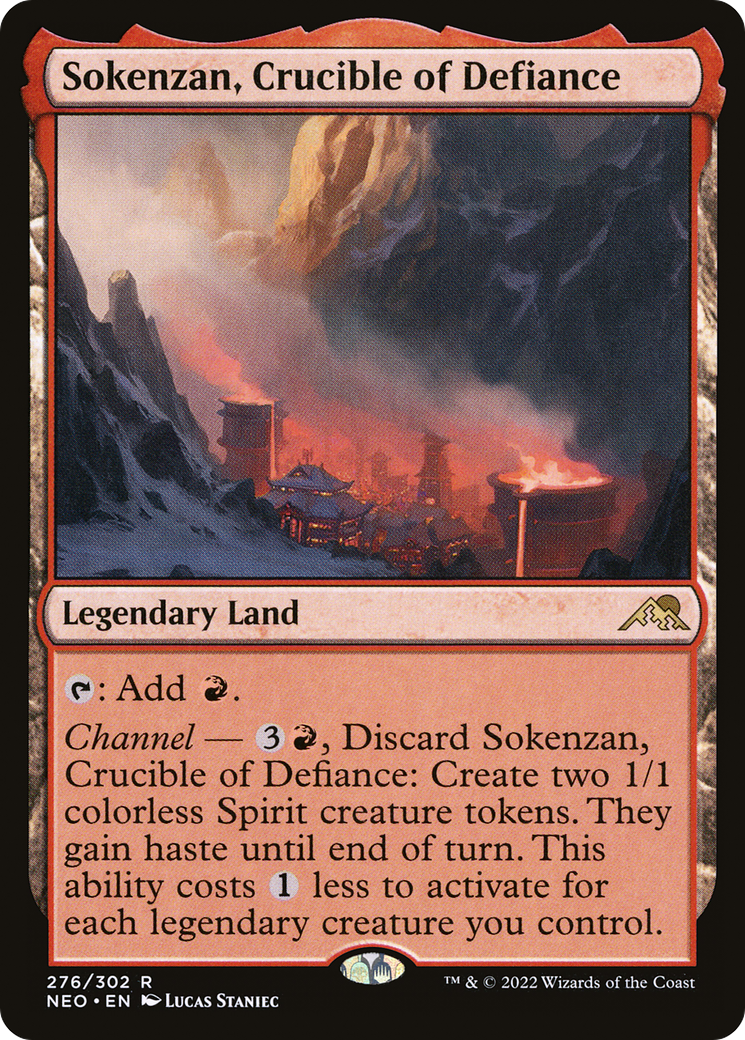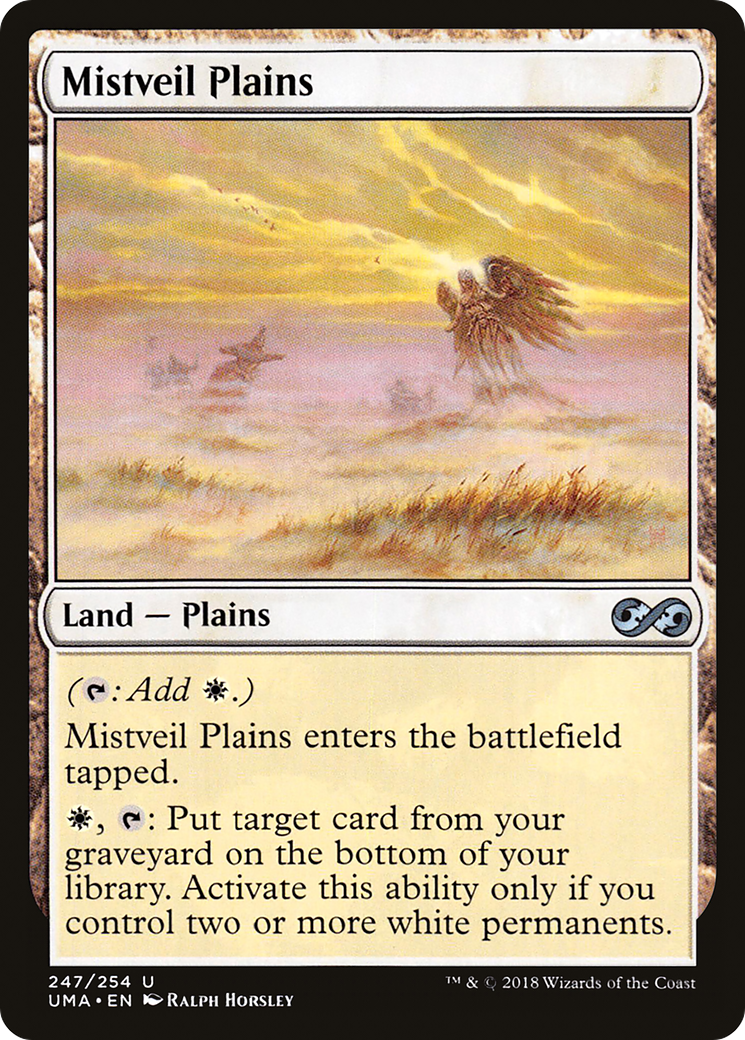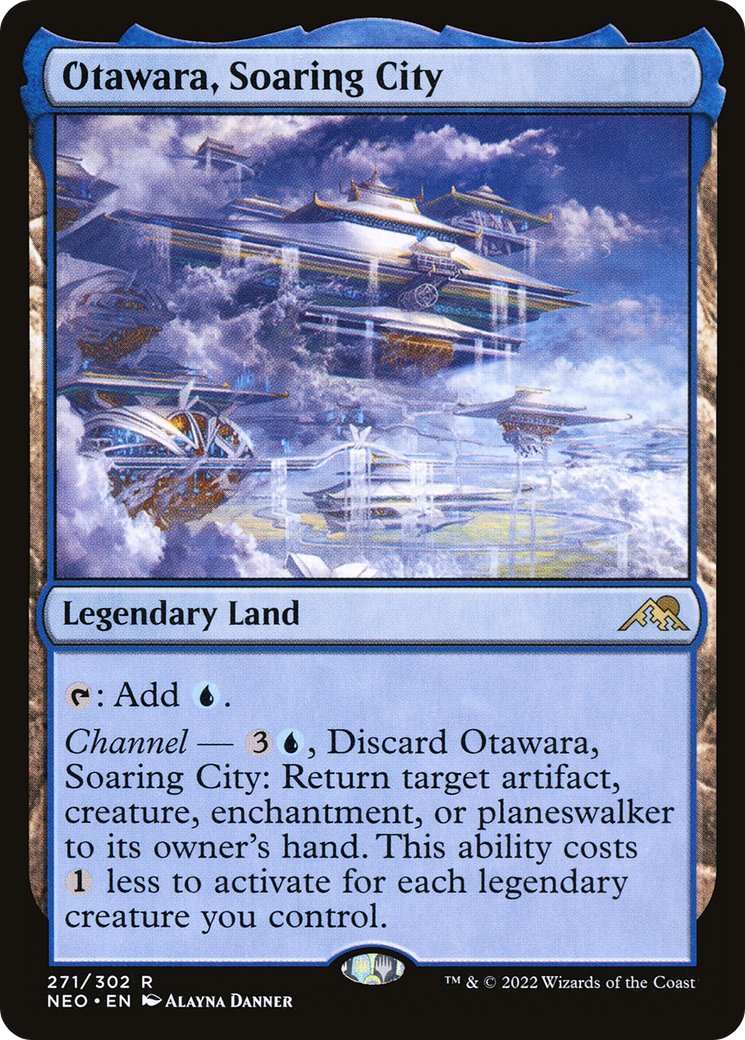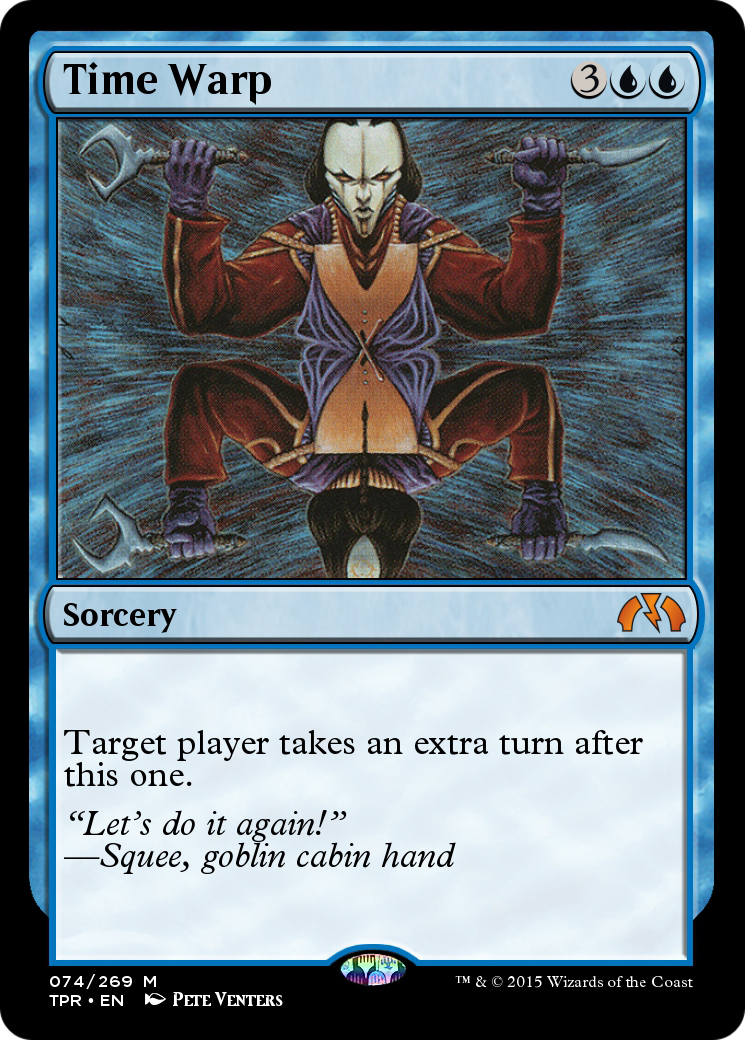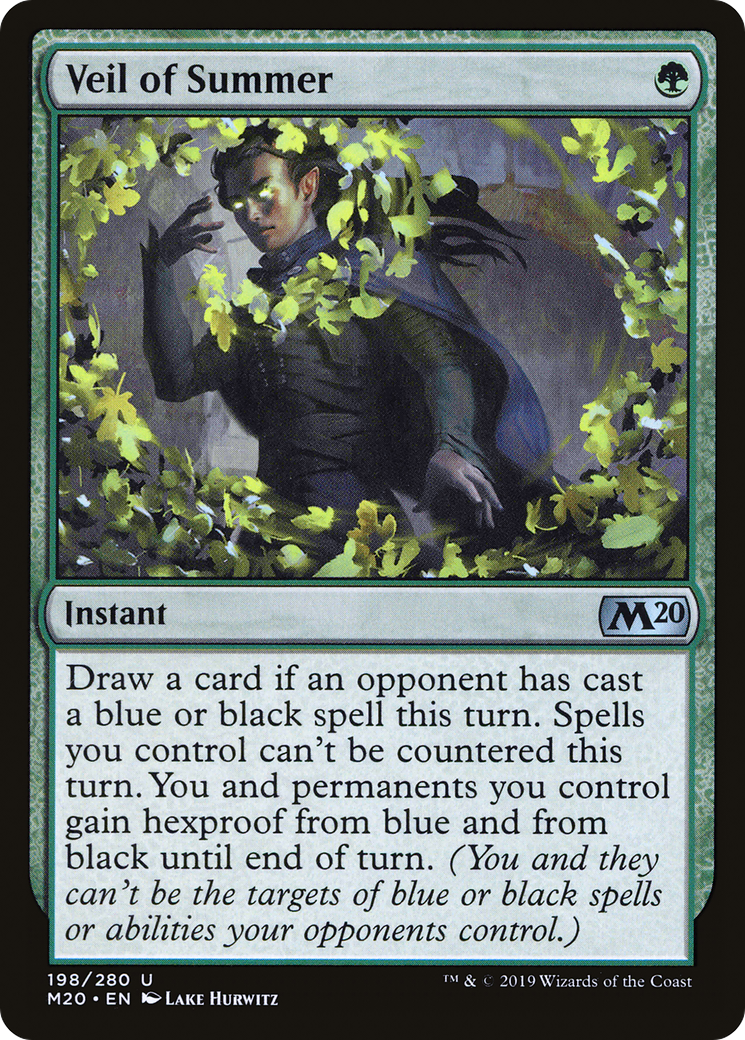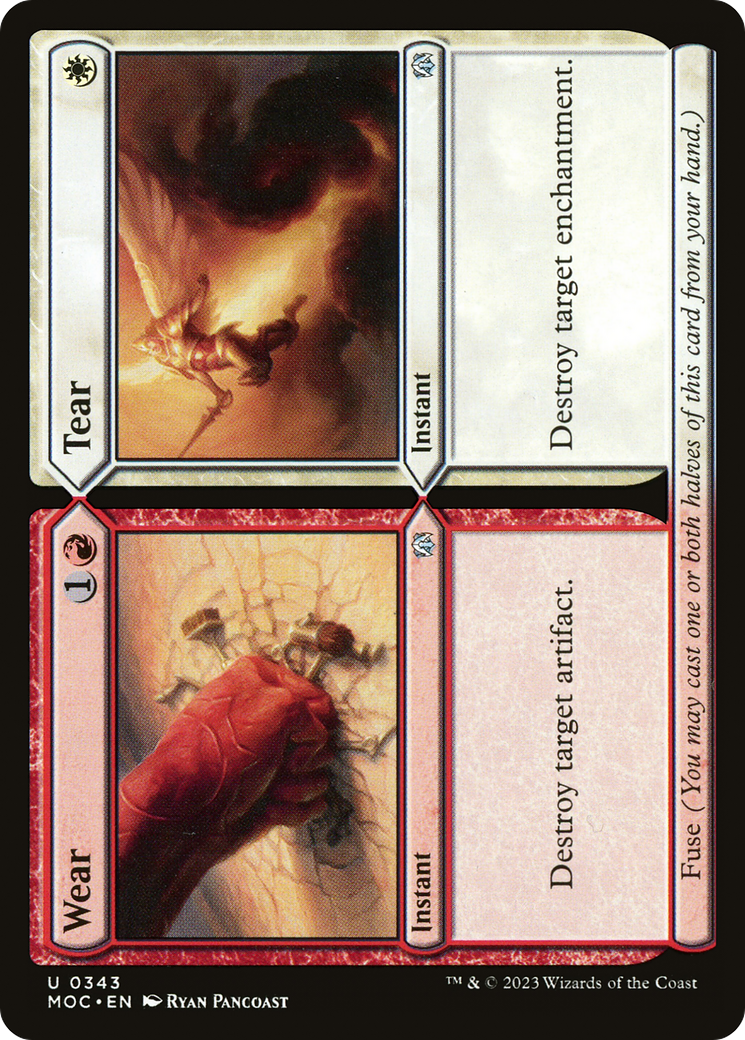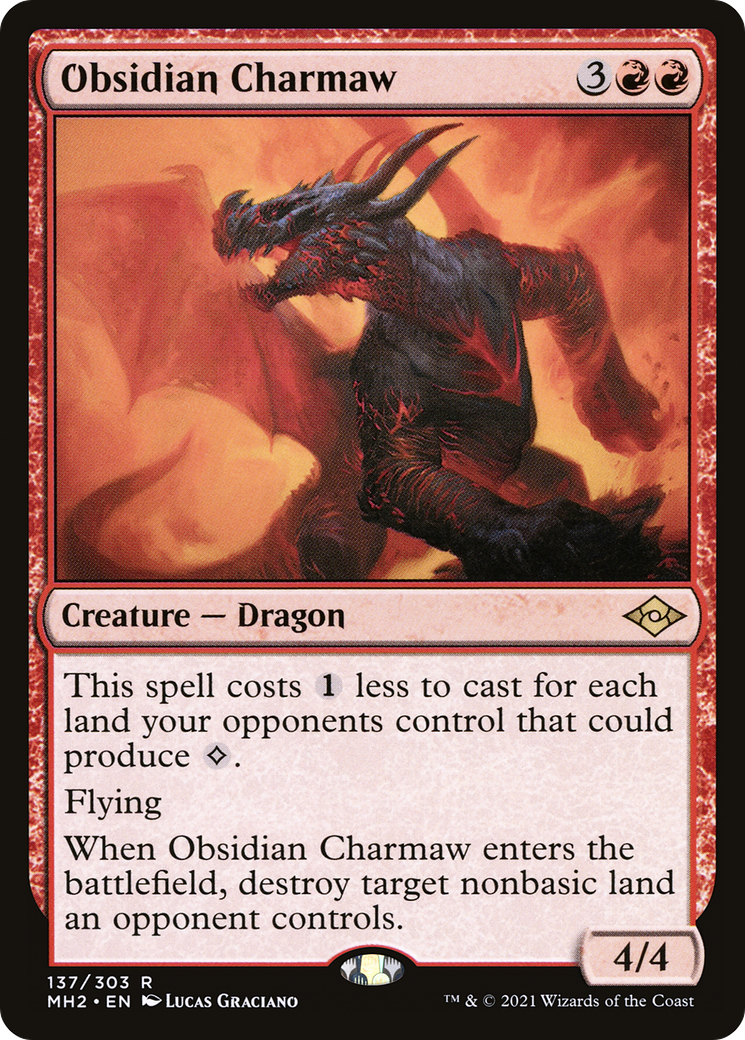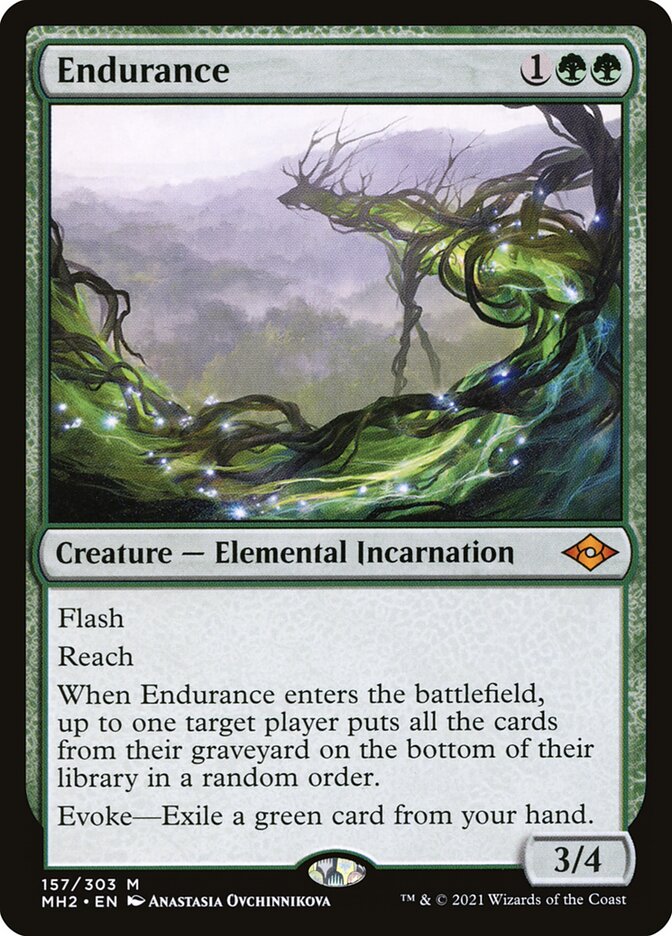4C Omnath Beans in Modern
While there are only a few cards from Wilds of Eldraine to crack Modern so far, Up the Beanstalk has been growing like a, well, Beanstalk in the modern metagame! Today I’m going to share my take on Four-Color Omnath that takes advantage of the newest value engine.
It’s important to be aware of 4C Omnath in modern paper tournaments because there are so many control fans. While 4C Omnath picked up a great tool in Up the Beanstalk the sky isn’t falling; Twitter just wants to meme with the beans. Don’t let this deck’s existence deter you from playing Modern.
I do happen to think 4C Omnath is once again a great deck in Modern and I’m eager to get maximum value.
Here’s a list that’s making the rounds on Magic Online with a whopping 75 cards:
This list plays 26 lands out of 75 cards or 34.6% while 60 card 4C Omnath decks typically play 23 lands or 38.3%.
We don’t have to necessarily add 15 extra cards, but can play any amount so the ratios are important. For every three cards you add to the deck one of them should be a land to keep the ratio approximately the same. Note that adding 33.3% lands and 66.7% spells will move you away from the core 23 lands in 60 spells so it’s not a perfect balance.
Kaheera is a natural fit with fewer cards. Once you add enough spells Delighted Halfling and maindeck Elesh Norn enter the conversation. There isn’t an exact rule on what percent of your deck should be lands because Delighted Halfling helps cast spells, too.
In a 75 card deck it can be tough to think about how likely you are to draw a spell when we’re used to thinking in terms of 60 cards. Here’s the multiplier:
This means playing an Omnath in a 75 card deck is the same as .8 in 60 cards or 3.2 instead of the full playset. Nearly an entire copy is removed.
Playing more than 60 cards makes it less likely to draw impactful sideboard cards.
The advantage to playing more than 60 cards is to make decking less of a concern. Up the Beanstalk and The One Ring are both able to accrue massive amounts of card advantage in the form of drawing cards.
There are times you want to hold on casting Up the Beanstalk to avoid drawing too many cards as the trigger is mandatory. Playing more cards in the deck means it can be cast more aggressively.
Another upside of playing more than 60 cards is you can add utility lands to make Wrenn and Six’s +1 more versatile.
Sokenzan casts Wrenn and Six and can win the game in a way that doesn’t just involve drawing more cards.
Mistveil Plains can be tutored with fetch lands and stave off decking like Endurance.
Otawara doesn’t cast Wrenn and Six, but is a powerful utility land to recur. A third Triome can increase optionality to pair with certain shock lands and keep a cycler in the deck to draw in the mid game.
As the game drags on you may draw too many lands with basic land types designed to fetch. Playing 75 cards, for example, means you’re effectively playing .8 Forest making it less likely to be naturally drawn.
I prefer 60 cards because the ancillary utility lands are less important now that Up the Beanstalk and The One Ring provide so many cards. Non-creature matchups are difficult game one meaning I need to heavily rely on my sideboard to take the match.
Note: I’m proxying Up the Beanstalk with a can of actual beans
I’m playing three copies of The One Ring because they can be redundant in a 60 card deck. Up the Beanstalk is another way to draw cards and there are diminishing returns on ways to go over the top that don’t actually kill the opponent.
Four Omnath is essential as it pitches to all of the elementals and gains life for The One Ring. I wouldn’t board out Omnath in any matchup either.
Fable of the Mirror-Breaker rummages excess lands picked up from Wrenn and Six and serves as a red card for Fury. It’s important to play red cards you would realistically pitch to Fury. Pitching a Lightning Bolt to evoke a Fury is unimpressive because they’re good in similar situations.
Leyline Binding is the best removal spell as it triggers Up the Beanstalk and deals with most threats. Remember it only exiles opponent’s permanents so it cannot save you from your own ring. Casting Leyline and Solitude with Beanstalk on the battlefield allows the card to be drawn before confirming targets since it’s a cast trigger.
A single copy of Prismatic Ending is valuable as it exiles Elesh Norn. Since 4C Omnath draws so many cards a single copy goes a long way. It can also be cast for extra mana to trigger Up the Beanstalk.
Lightning Bolt isn’t an ideal spell to pitch to Fury, but three damage can kill Karn, the Great Creator. A single Bolt also increases the value of a Wrenn and Six emblem. It’s important to be able to convert your card advantage into a win.
Dovin’s Veto is a single maindeck counter that can be exiled to Solitude in creature matchups. Like Fable, it’s a white card that doesn’t kill creatures making it a good evoke candidate. It also serves as another great retrace option with a Wrenn emblem. This is valuable as a quick emblem is a common way to win against non-creature decks.
Time Warp is picking up in popularity. Like Lightning Bolt and Veto, it’s another great Wrenn emblem option. A turn five Omnath gaining four mana to cast Time Warp off of a fetch land is able to run away with an otherwise close game. I’ve also seen Bring to Light as another five-drop that finds Time Warp, but I worry about the mana curve and the weakness to Teferi.
Veto and Time Warp improve your game one win rate in the mirror without playing something narrow like Elesh Norn or Emrakul. Many times Omnath strategies make a resurgence in Modern the mirror warps the deck at the expense of every other matchup.
The maindeck Endurance can prevent a game one scam from Rakdos, but is primarily there to prevent decking. It can serve as a real clock alongside Kaheera. This is a necessary evil and is the weakest card in the maindeck in a vacuum.
Three Obsidian Charmaw is for Tron and Urza’s Saga decks.
I expect a resurgence in big mana strategies as it’s a popular way to fight a pile of value. Charmaw is a dragon so you cannot reveal Kaheera while it’s in the deck. I sometimes keep Raugrin Triome in my deck to cycle later on, but it’s important to prioritize quickly assembling two red mana. Note this is a clock to pressure Karn and a five-drop to trigger the beans. Interacting slowly will get you killed against Tron.
Veil of Summer is for Scam, Cascade, and decks trying to counter your value engines. Just a great card.
Chalice of the Void will likely stop Crashing Footfalls from resolving due to the popularity of Rhinos, but it’s really there to stop Living End. Omnath decks can grind through a pair of 4/4s, but struggle in game one against non-linear ways of attack. This means you need to get both sideboard games. A key matchup for 60 cards.
Dovin’s Veto and Flusterstorm help continue the post board onslaught against non-linear decks.
Elesh Norn is there to respect the mirror. It’s another creature where you aren’t allowed to present Kaheera as a companion so there’s a real cost to putting her in the deck. She’s weak to Prismatic Ending and Teferi, but shuts off opposing elementals and Leyline Binding. Note she does not double or shut off bean triggers as you draw cards on cast and not on them entering the battlefield.
Wear/Tear is preferred over Force of Vigor. It can be pitched to both Fury and Solitude and cheaper to hard cast. Kaheera is a green card to pitch, but I’m likely boarding in Charmaw against Urza’s Saga decks so it doesn’t matter in practice.
The second Endurance is for Living End, Scam, and Murktide. It’s less important to play around getting decked once you have sideboarded for the specific matchup.
Note there aren’t ways to specifically destroy creatures in the sideboard as the maindeck is already very good at interacting.
Up the Beanstalk is a serious upgrade and is here to stay. Omnath decks are not broken, but are very competitive. Be prepared for this deck and be sure to watch the clock as games can go long.
Until next time, have fun memeing with thos beans.
